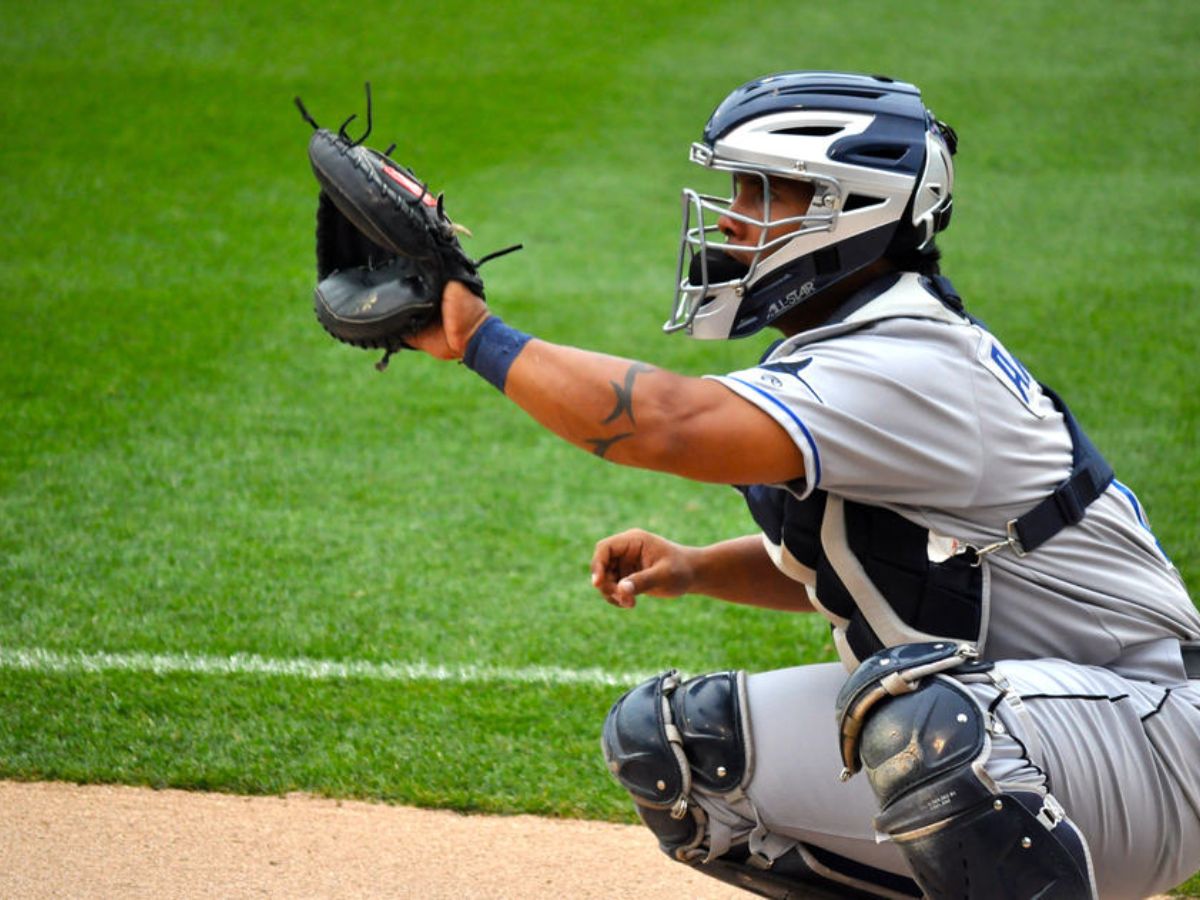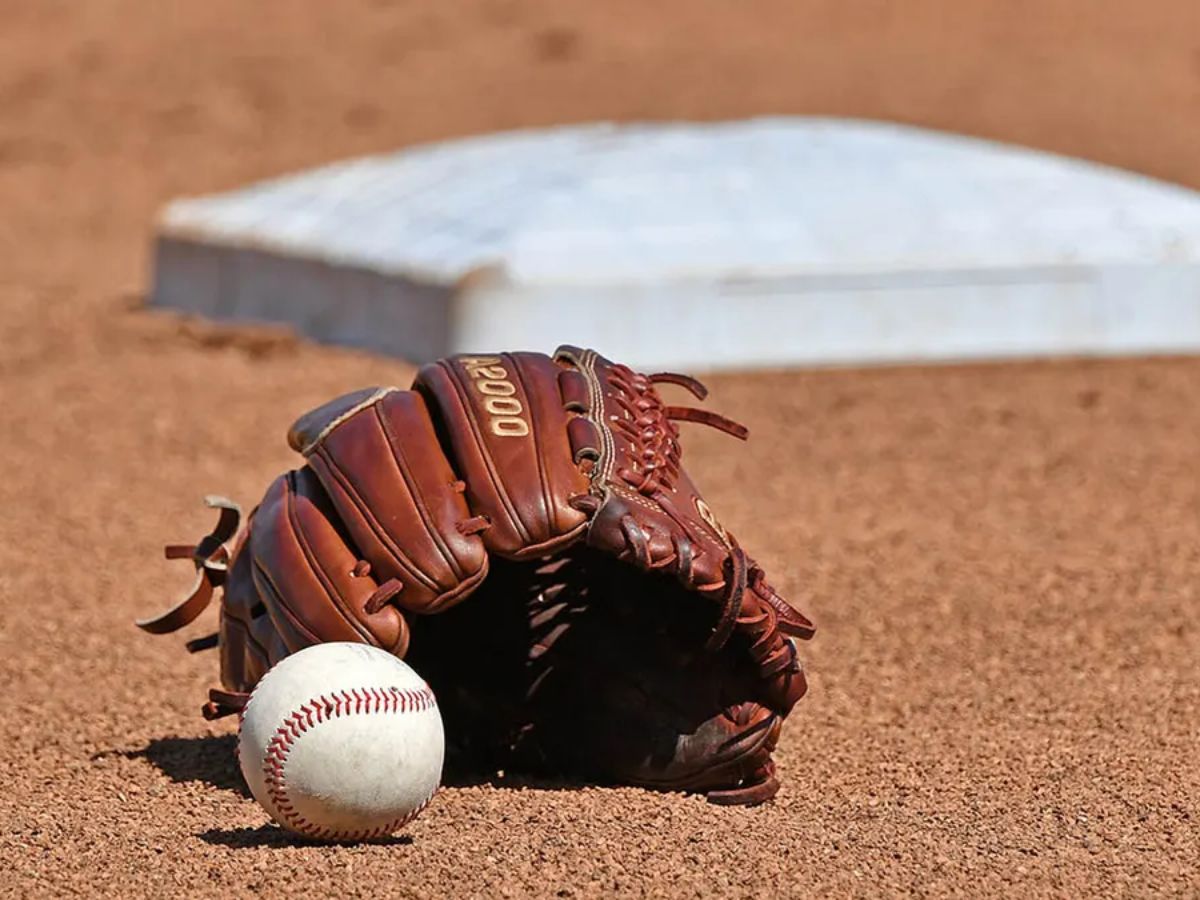The dropped third strike rule states that if a batter swings and misses on strike three, but the catcher fails to catch the ball, the batter has the opportunity to run to first base. This rule allows the batter to potentially reach base even after striking out on a swing.
It is not necessary for the catcher to drop the ball; if the third strike is not caught cleanly, the batter can make a play for first base. The dropped third strike rule is an important and unique aspect of baseball that can lead to exciting and unexpected moments in the game.

Baseball is a sport filled with intricate rules and regulations that can sometimes confuse even the most dedicated fans. One such rule is the dropped third strike rule, which provides the batter with an opportunity to reach first base, despite having already struck out. We will explore the ins and outs of the dropped third strike rule, shedding light on its purpose, implementation, and potential impact on the game. Whether you are a seasoned baseball enthusiast or just starting to grasp the intricacies of the sport, understanding this rule can enhance your appreciation for the game and its strategic nuances. So, let’s dive in and unravel the mysteries of the dropped third strike rule in baseball.
Contents Inside
Understanding The Dropped Third Strike Rule
The Dropped Third Strike Rule is an important rule in baseball that often confuses players and spectators. It originated in the early 19th century when the game was still evolving. The rule states that if a batter swings at and misses a third strike, but the catcher fails to catch the ball cleanly and it touches the ground before being securely caught, the batter can attempt to run to first base.
This rule adds an element of excitement and strategy to the game. While it may seem uncommon for a batter to reach base in this manner, it can still have a significant impact on the outcome of the game. Today, the Dropped Third Strike Rule remains an intriguing and sometimes controversial aspect of baseball, keeping both players and fans on their toes.
Impact On Offensive Strategy
The dropped third strike rule has a significant impact on the offensive strategy of the batting team. It can be exploited for a game-changing power play. When a batter swings and misses at a pitch but the catcher fails to catch it, the batter becomes a runner and can attempt to reach first base.
This rule adds an element of unpredictability to the game and keeps the opposing team on their toes. Batting teams can strategize to take advantage of this rule by encouraging their hitters to swing aggressively, knowing that even if they miss the pitch, they still have a chance to get on base.
It puts pressure on the catcher and can create opportunities for the offensive team to score runs. The dropped third strike rule adds excitement and strategic depth to baseball games, keeping players and fans engaged throughout the game.
Defensive Opportunities And Challenges
The dropped third strike rule presents defensive opportunities and challenges for the fielding team. When a batter fails to make contact with a third strike, the ball becomes live and the catcher must quickly react. This rule grants the fielders a chance to secure a crucial out, potentially ending an inning or preventing a runner from advancing.
However, it also introduces risks, as the ball can ricochet unpredictably off the catcher’s gear or the batter may attempt to run to first base before being thrown out. To effectively capitalize on this rule, fielders must communicate and anticipate potential scenarios, coordinating their efforts to swiftly retrieve the ball and make accurate throws.

Additionally, strategies for catching dropped third strikes involve practicing agility, reflexes, and quick decision-making, ensuring that each defensive opportunity is maximized. Emphasizing these skills in training can significantly enhance a team’s defensive performance.
Umpire Interpretations And Inconsistencies
Umpire interpretations and inconsistencies vary when it comes to enforcing the dropped third strike rule. Different ways this rule can be implemented have led to controversy among players, coaches, and fans. The consequences of each interpretation can greatly impact the outcome of a game and even a team’s season.
Some umps may choose to call the batter out immediately upon the third strike hitting the catcher’s glove, while others may require the catcher to successfully catch the ball or tag the batter. This inconsistency has led to confusion and frustration among those involved.
Controversial calls regarding the dropped third strike rule can change the dynamic of a game and leave players and coaches questioning the fairness of the decision. Understanding the different interpretations is crucial for all involved in the game of baseball.
The Debate Surrounding The Rule
The dropped third strike rule in baseball has sparked an ongoing debate among fans and experts alike. Arguments both for and against the rule have been put forward, with each side presenting compelling points. Those in favor argue that the rule adds excitement to the game, as it allows for the possibility of a runner advancing to first base after a strikeout.
Proponents also believe that it rewards batters who can take advantage of the rule, adding another strategic element to the game. On the other hand, opponents argue that the rule goes against the basic principles of the game, where a batter should be retired after three strikes.
They contend that it provides an unfair advantage to the offensive team and undermines the integrity of the sport. As the debate continues, it is essential to analyze the potential impact of any rule changes on the game of baseball.
Utilizing The Rule In Different Baseball Formats
The dropped third strike rule is an intriguing aspect of baseball that finds its application in various formats of the game. Starting with youth leagues, players are introduced to this rule as they learn the fundamentals of the sport. In college baseball, the rule takes on a more strategic role as teams exploit the potential for additional outs.
Professionals also utilize this rule effectively, often resulting in crucial moments that can change the course of a game. It’s worth noting that international baseball may have notable adaptations to the dropped third strike rule, adding an element of diversity to how this rule is implemented worldwide.
Understanding and mastering this rule can truly enhance a player’s overall skill set and contribute to the excitement of the game.
Unconventional Uses Of The Rule
The dropped third strike rule has led to unconventional plays and opened up creative strategies. By leveraging this rule, teams have found unique ways to gain an advantage. For example, hitters have intentionally swung and missed on a third strike, hoping to reach first base on a dropped ball.
Catchers have capitalized on this by tricking the batter into swinging, only to catch the ball and swiftly tag them out. In other instances, baserunners have taken off for the next base when the catcher fails to secure the ball after the third strike.
These scenarios challenge the traditional norms of baseball and add excitement to the game. The dropped third strike rule offers teams opportunities to think outside the box and employ innovative tactics to gain an edge on their opponents.
The Dropped Third Strike Rule: A Game-Changing Power Play
The dropped third strike rule in baseball is a game-changer. Its historical significance cannot be underestimated. This rule, dating back to the late 1800s, allows a batter to attempt to reach first base if the catcher fails to catch the third strike cleanly.
The introduction of this rule added intensity and unpredictability to the game, as it provided an equalizing opportunity for the offensive team. Even today, the implications of the dropped third strike rule continue to spark debate among fans, players, and analysts.

Some argue that it gives an unfair advantage to the batter, while others appreciate the excitement it brings. As baseball continues to evolve, there may be potential future developments in the interpretation or even the elimination of this rule. Its influence on the game is undeniable, and the ongoing discussions surrounding it show its enduring importance.
Frequently Asked Questions For Dropped Third Strike Rule
What Is The Dropped Third Strike Rule In Baseball?
The dropped third strike rule in baseball states that if a catcher fails to cleanly catch a third strike pitch, and there are fewer than two outs with a runner on first base or a runner on first base and third base, the batter can attempt to run to first base.
When Did The Dropped Third Strike Rule Start?
The dropped third strike rule in baseball was first implemented in 1904 in professional baseball. It has since become a widely accepted and important rule that adds an interesting dynamic to the game.
Why Was The Dropped Third Strike Rule Introduced?
The dropped third strike rule was introduced to prevent the catcher from intentionally letting the ball drop to easily complete a strikeout. By allowing the batter to run to first base, it adds excitement and strategy to the game.
How Does The Dropped Third Strike Rule Affect The Outcome Of The Game?
The dropped third strike rule can greatly impact the outcome of a game, as it provides an opportunity for a batter to reach first base even after striking out. This can potentially lead to additional runs being scored or extend innings, making every dropped third strike a crucial moment in the game.
Conclusion
The dropped third strike rule is a unique aspect of baseball that adds an extra layer of excitement and strategy to the game. It rewards the defensive team for making the most out of each opportunity, while also giving the batter a chance to redeem themselves after a missed swing.
This rule has been a long-standing tradition in baseball and continues to be a topic of debate among fans and players alike. While some argue that it adds an element of unpredictability to the game, others believe it is unfair to the batter.
Regardless of personal opinion, the dropped third strike rule is here to stay and remains a fundamental aspect of the sport. Whether you love it or hate it, this rule is just one of the many intricacies that make baseball the beloved game it is today.
